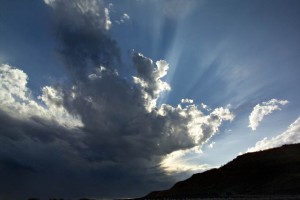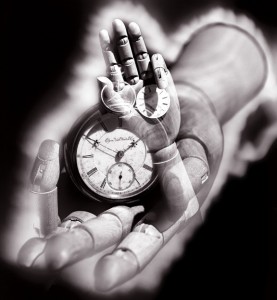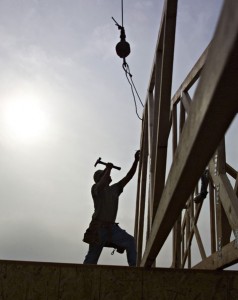
Sky & Sun
I was talking with a few old friends who are also photographers. Both of them were complaining about younger photographers who don’t know anything, as they would have it. Now neither of the guys teaches or interacts with new photographers in any regular way. One of them explained to me that you couldn’t really learn Photoshop without experience working in a chemical darkroom. I am older than either of these guys and I don’t believe any of this. The reason is that I actually interact with new photographers all the time. Teaching here at BetterPhoto will do that.
Inspired by my old friends, I want to go over the basics. Cameras, regardless of whether they are digital or film share some characteristics, these are like the language of the machine. For instance whenever you use a variable size aperture in a lens, what we refer to as an f-stop, you introduce changes in the distances that are in sharp focus. We call this depth of field, not really a very good name.
Speaking of bad terminology, I will start with the word STOP. Now we all know what that means, but not moving has nothing to do with the term in photography. In photography it means a relative change in exposure: if you have twice as much light in your shot as you did previously you have one stop more light. It doesn’t matter if the change is caused by changing your aperture or shutter speed or because the sun cleared the horizon, if you have twice as much light that is one stop more light. If you have four times as much light that is two stops, well you only doubled the amount of light twice. If you have 1/8th as much light you have three stops less light, maybe the sun just went under the horizon.
I know that a lot of people don’t want to talk about math, but it is the key to controlling the pictures you take. You can take all the pictures you want on automatic, but if you want to MAKE pictures you need to understand the controls on the camera.
 This week I want to talk about making pictures and taking pictures. An incredibly large percentage of the population will take pictures in the next year. They will point the camera at something and press the button. People do this because we have a real need to capture the stuff of memory and keep it with us. This is a very personal communication, from me to me. Like a personal time capsule. If I were to take out my memory photos and show them to you, they wouldn’t mean as much to you. We all take these pictures, written in the language of our own experience.
This week I want to talk about making pictures and taking pictures. An incredibly large percentage of the population will take pictures in the next year. They will point the camera at something and press the button. People do this because we have a real need to capture the stuff of memory and keep it with us. This is a very personal communication, from me to me. Like a personal time capsule. If I were to take out my memory photos and show them to you, they wouldn’t mean as much to you. We all take these pictures, written in the language of our own experience. Last week I wrote about how we use photography as a language to communicate. Like a language there is an underlying structure that makes communication possible. As an example in English, Bob hit Bill is different from Bill hit Bob, because, in English word order is a critical part of structure. In Latin the word endings define which word is the subject and which is the object so word order isn’t critical. William Crawford wrote a fine essay on this subject in his Book Keepers of Light.
Last week I wrote about how we use photography as a language to communicate. Like a language there is an underlying structure that makes communication possible. As an example in English, Bob hit Bill is different from Bill hit Bob, because, in English word order is a critical part of structure. In Latin the word endings define which word is the subject and which is the object so word order isn’t critical. William Crawford wrote a fine essay on this subject in his Book Keepers of Light. One way to understand photography is as a way of communicating. So I could tell you about a spark plug, but if I show you the spark plug you know more. The plug could be from an engine, and then someone who knows cars could tell you the car is running rich. From just a picture of the plug. I could tell you a story with a picture, or I could give you an image that communicates like a poem. We can use photographs to communicate about facts, things actions, ideas and emotions. What a wonderful medium.
One way to understand photography is as a way of communicating. So I could tell you about a spark plug, but if I show you the spark plug you know more. The plug could be from an engine, and then someone who knows cars could tell you the car is running rich. From just a picture of the plug. I could tell you a story with a picture, or I could give you an image that communicates like a poem. We can use photographs to communicate about facts, things actions, ideas and emotions. What a wonderful medium.